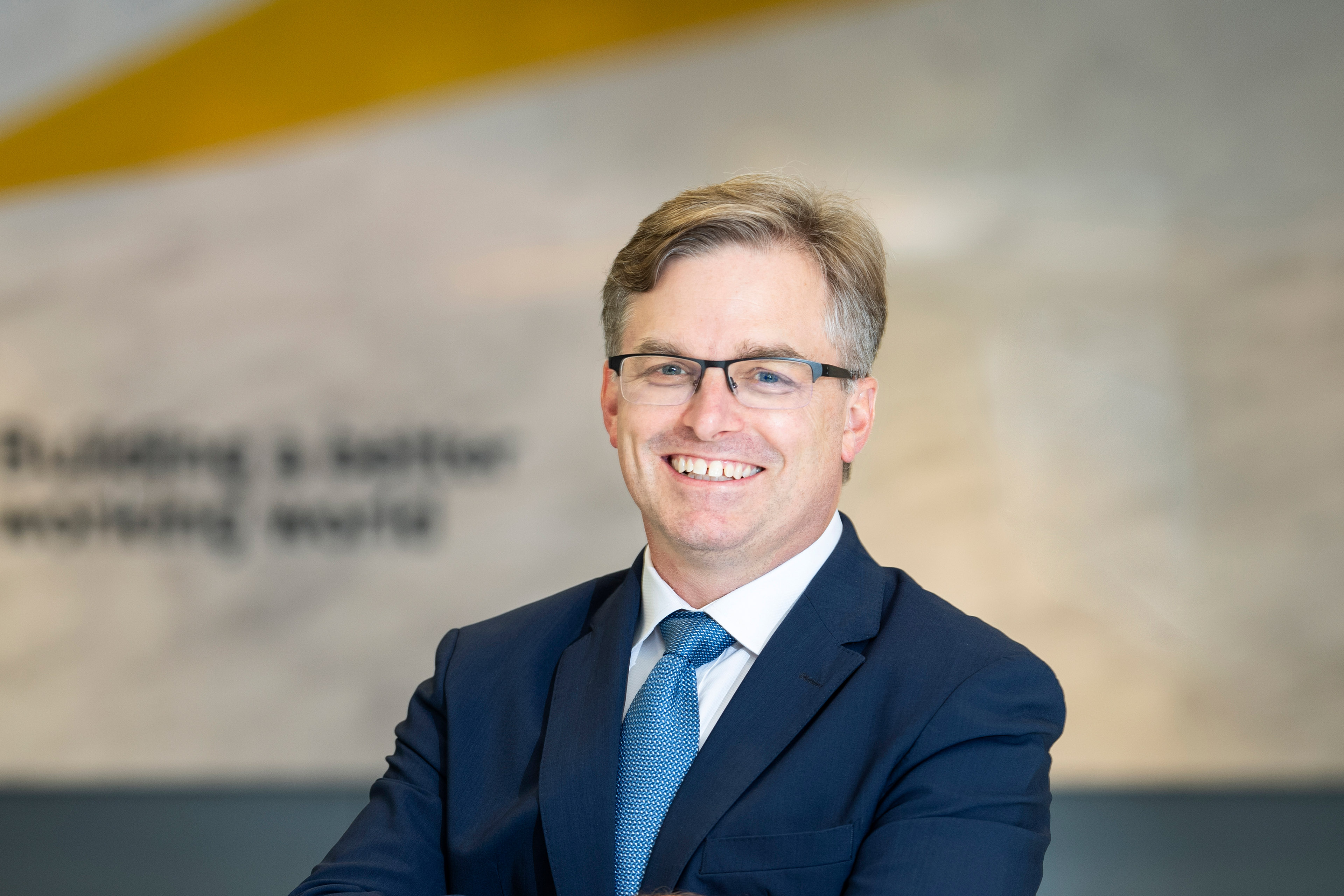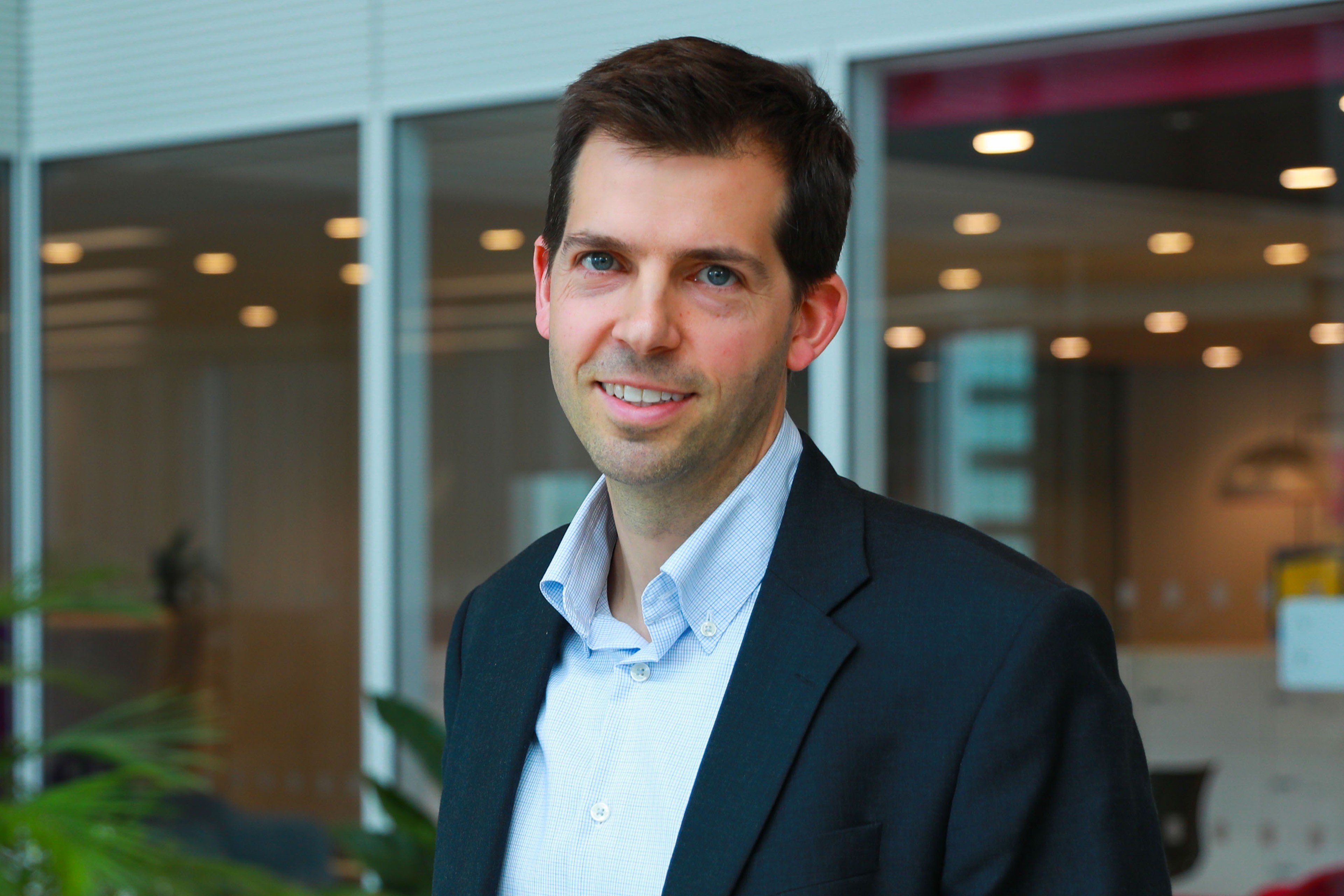EY refers to the global organisation, and may refer to one or more, of the member firms of Ernst & Young Global Limited, each of which is a separate legal entity. Ernst & Young Global Limited, a UK company limited by guarantee, does not provide services to clients.
How EY can help
-
Our Corporate, Commercial and SME (CCSB) Banking services team can help your business navigate through rising market expectation. Learn more.
Read more
Fast and agile digital financial services providers, unencumbered by legacy technology, have been swift to enter the market and serve SMEs’ evolving needs. They are adopting new models and propositions to expand connectivity and integration with businesses. These range from Banking as a Service (BaaS), which embeds financial services directly into marketplaces, to offering SME-tailored product sets. However, with no single provider offering a comprehensive solution, 33% of SMEs are relying on more than four financial service providers.3
A global FinTech was keen to take advantage of this momentum to grow its market share. The company wanted to focus on SMEs specifically and offer a comprehensive solution to become the sole financial provider for its clients. The challenges it faced were threefold:
- While the company had a presence in many countries, it lacked market penetration as well as small business expertise in some markets.
- It had limited expertise in the products and services it wanted to add to its offering.
- With a lack of clear winners among traditional financial providers serving SMEs, the global FinTech had to think beyond the normal financial services silos to create a holistic and integrated solution.
To move forward with this crucial business decision, the FinTech engaged EY teams to help define a market entry strategy and a core Treasury-as-a-Service (TaaS) proposition that helped address SMEs’ most pressing challenges via a client-facing platform. The company also required a roadmap for launching, scaling and enhancing the TaaS offering in markets with the greatest growth potential.
An existing working relationship meant that the client was confident that the EY teams understood the FinTech landscape, and could blend insight and strategy, with proven execution experience.
Crucially, along with its experience in banking and FinTech, the EY teams brought the voice of SMEs to the table. Along with deep sector knowledge, the team drew on insights from the EY Global SME Survey to provide the client with a detailed, top-down view of SMEs, their pain points and opportunities and, most importantly, their shifting expectations of financial providers.







